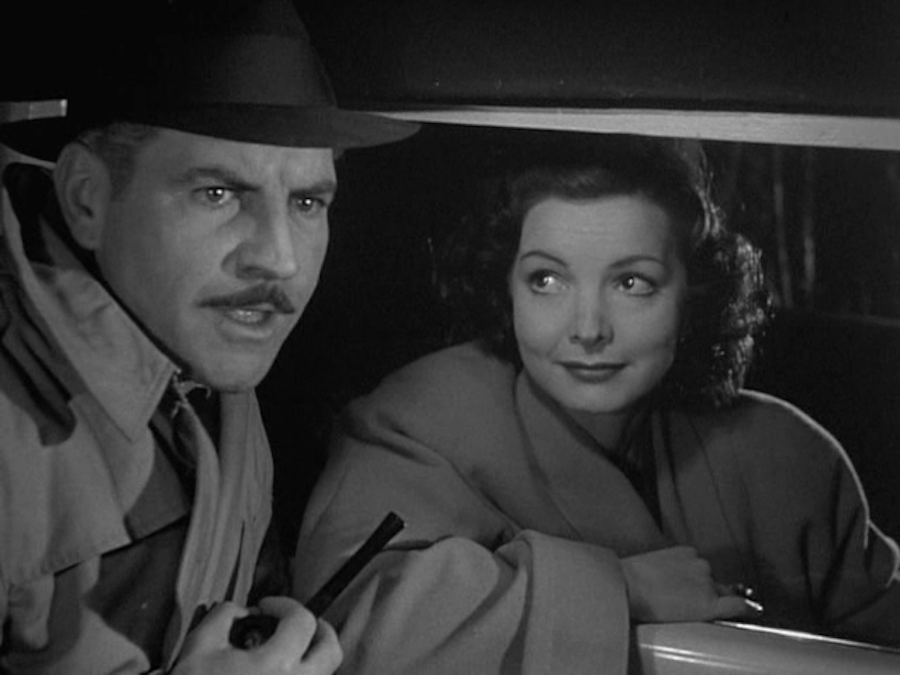

Sinice the ptublicatioIn of J J-Brody's 197 1 Ihdidln Paitnrs and 1lYtde Patrvon.s. Rather than push at the seams of an inherited envelope, we demonstrate that incorporating the first Native painting movement of the twentieth century back into American art history entails fundamentally altering its shape. Today, as scholars across disciplines are recovering a broad range of “global modernisms,” we return with a critical eye to a moment when Native art impacted understandings of American art in an international framework. The envelope enclosing narratives of American art history expands and contracts with the cultural politics of a given present. On the eve of the New Deal, when the country’s economy and morale were at an all-time low, a New York Times critic assessed contemporary Native art as “American art, and of the most important kind.” As we write in 2014, most surveys of American art do not even mention that in the 1920s and 1930s a small but influential Pueblo and Kiowa painting movement sparked imaginations on both sides of the Atlantic. Szwedzicki released a lavish portfolio of prints titled Pueblo Indian Painting. The Whitney Museum of American Art purchased a painting by Pueblo artist Tonita Peña for a record sum of $225. Davies, and other well-known American artists. The American Pavilion of the Venice Biennale featured Pueblo painters without formal arts training alongside George Bellows, John Sloan, Arthur B. The year 1932: contemporary American Indian paintings traveled coast to coast in the Exposition of Indian Tribal Arts, the largest touring exhibition of Native American art in US history until 1976. Writing in creative dialogue with contemporary artists, she builds a picture of a spatially, temporally, and materially interconnected world-an undivided earth. Along the way, Horton intervenes in a range of theories about global modernisms, Native American sovereignty, racial difference, archival logic, artistic itinerancy, and new materialisms. She follows their installations, performances, and paintings across the ocean and back in time, as they retrace the paths of Native diplomats, scholars, performers, and objects in Europe after 1492. Upending the assumption that Jimmie Durham, James Luna, Kay WalkingStick, Robert Houle, and others were primarily concerned with identity politics, she joins them in remapping the coordinates of a widely shared yet deeply contested modernity that is defined in great part by the colonization of the Americas.

Horton reveals how the spatial philosophies underlying the American Indian Movement (AIM) were refigured by a generation of artists searching for new places to stand.
CLOUDBURST MOVIE 1951 CODE
To order at a 30% discount please visit and enter the coupon code E17HORTN during checkout In Art for an Undivided Earth Jessica L.

This is the introduction to my book, available from Duke University Press. They resonate with the politics of memory in recent work by Native artists at the Venice Biennale. She proposes that the paintings share a visual logic with musical notation and other diagrams, transmitting the sensibility of Hopi dances across gaps in time and space. The author recovers Kabotie’s broader engagement with issues of displacement, memory, and embodiment. But the display of Pueblo paintings in Venice marked the limits of aesthetic nationalism, failing to convince overseas audiences that America possessed an artistic treasury older and more authentic than that of Europe. American patrons supported the painters as a means of constructing an indigenous artistic identity for the nation. Kabotie painted images of ceremonial dances alongside Pueblo peers in Santa Fe in the 1910s, at the height of federal assimilation policies. 1900–1986) in light of their forgotten inclusion in the U.S. This essay reevaluates the early paintings of Hopi artist Fred Kabotie (ca.


 0 kommentar(er)
0 kommentar(er)
